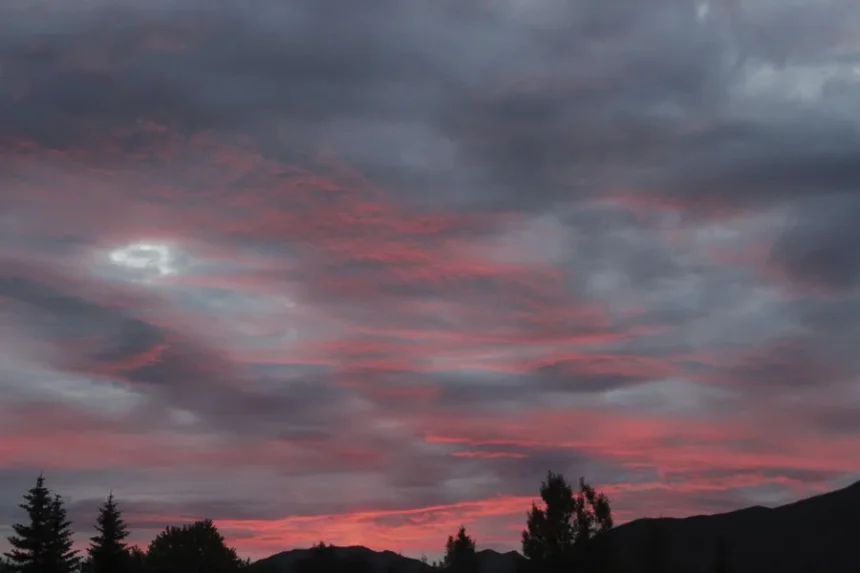Parts of Juneau, Alaska’s capital, are experiencing record flooding due to heavy rainfall and melting from the nearby Mendenhall Glacier, which has caused water to overflow into streets and yards along the Mendenhall River.
Some areas of the city have been evacuated after floodwaters breached newly installed protective barriers. The U.S. National Weather Service reported that river levels have surpassed last year’s record of nearly five meters.
Mendenhall Glacier, located 19 kilometers from Juneau (population 30,000), is a popular tourist site.
Homes near the glacier and along the river are particularly vulnerable, as the melting water flows into Mendenhall Lake before reaching the river.
Annual floods have been a growing concern since 2011, with hundreds of homes affected in recent years. Temporary barriers have been installed to protect several hundred properties in the flood-prone zone.
The flooding is exacerbated by climate-induced glacier retreat, which opens channels for spring and summer meltwater. When water pressure builds, it can breach the ice dam, releasing vast amounts of water into the river system.
- Last year, nearly 300 homes were damaged, with peak river flows reaching roughly half the volume of Niagara Falls.
- Current forecasts suggest the 2025 flood levels may reach 4.96–5.12 meters, potentially releasing up to 56 billion liters of water.
- Scientists warn that the Mendenhall Glacier may continue acting as a temporary ice dam for another 25–60 years, meaning annual flood risks could persist.







